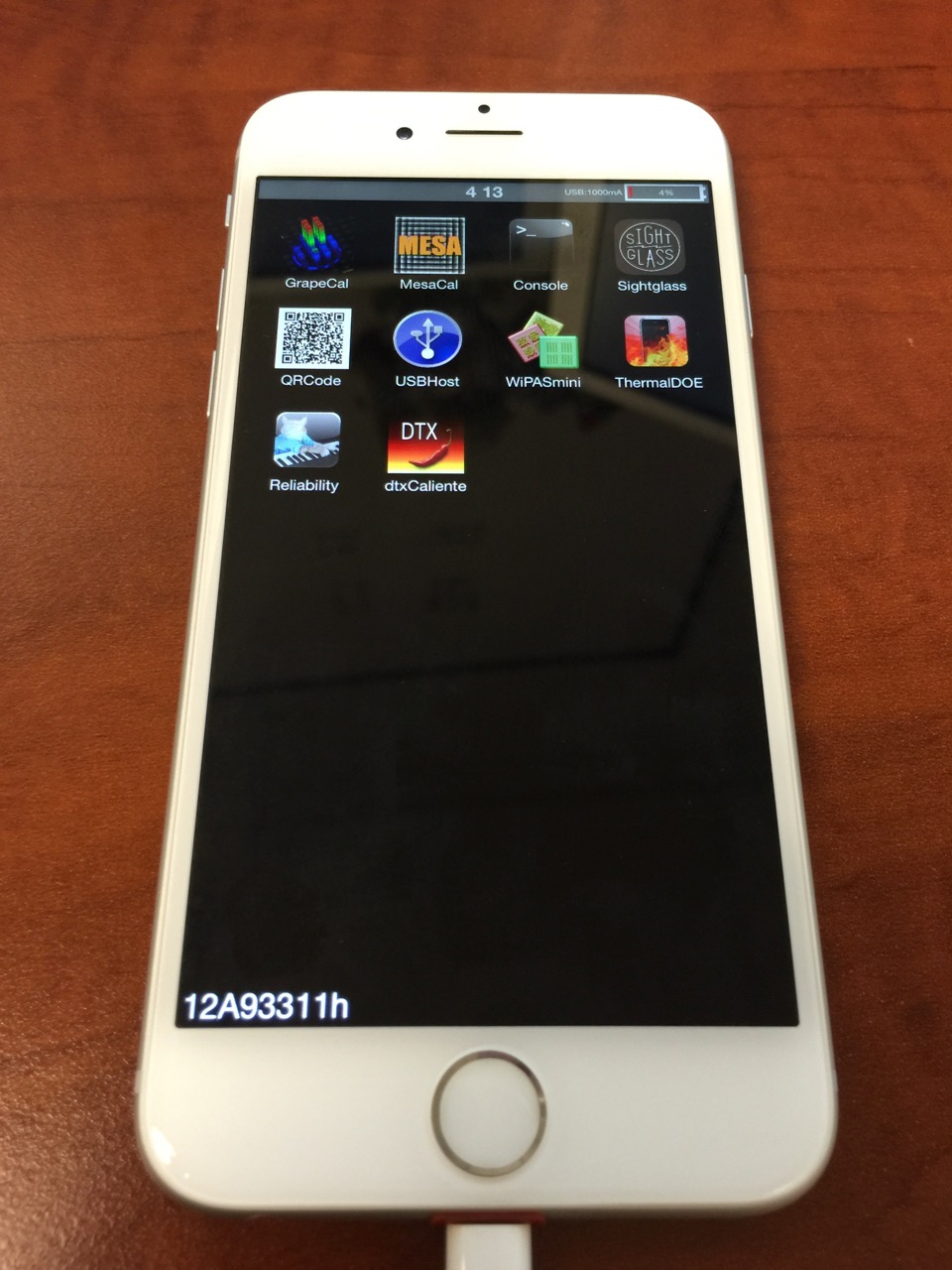Reinstalling macOS is a piece of cake provided you have created a USB install disk for El Capitan to begin with. As you may have guessed, not many people take that extra step. In helping take the pain out of reinstalling macOS, Apple has included so-called Recovery Mode in macOS. Invoked at boot time, Recovery Mode helps you check your. If your Mac is a 2011 or later you can use Internet Recovery (command-option-r) to erase the hard drive and reinstall the original OS then upgrade to High Sierra from there. If you insist on using El Capitan you will need to sign into the App Store on a Mac that cannot run High Sierra and download EL Cap, then make a bootable usb installer to. Answer (1 of 6): I can’t believe someone has to answer it, but it is not normal. When this happened to me, it was a bad SATA cable. Bad SATA cables might work fine with HDDs but will corrupt data on an SSD because the data is being written much faster. This usually means some corrupt files, but. Very easy way to reinstall Mac if you are thinking about selling your computer or simply need to install a fresh copy OS X El Capitan follow the tutorial to.
- Restore Mac Os El Capitan
- Install El Capitan On Mac
- Install Mac Os El Capitan
- Cannot Reinstall Mac Os El Capitan
Start up from macOS Recovery
Determine whether you're using a Mac with Apple silicon, then follow the appropriate steps:
Apple silicon
Turn on your Mac and continue to press and hold the power button until you see the startup options window. Click the gear icon labeled Options, then click Continue.
Intel processor
Make sure that your Mac has a connection to the internet. Then turn on your Mac and immediately press and hold Command (⌘)-R until you see an Apple logo or other image.
If you're asked to select a user you know the password for, select the user, click Next, then enter their administrator password.
Restore Mac Os El Capitan
Reinstall macOS
Select Reinstall macOS from the utilities window in macOS Recovery, then click Continue and follow the onscreen instructions.
Follow these guidelines during installation:
- If the installer asks to unlock your disk, enter the password you use to log in to your Mac.
- If the installer doesn't see your disk, or it says that it can't install on your computer or volume, you might need to erase your disk first.
- If the installer offers you the choice between installing on Macintosh HD or Macintosh HD - Data, choose Macintosh HD.
- Allow installation to complete without putting your Mac to sleep or closing its lid. Your Mac might restart and show a progress bar several times, and the screen might be empty for minutes at a time.
After installation is complete, your Mac might restart to a setup assistant. If you're selling, trading in, or giving away your Mac, press Command-Q to quit the assistant without completing setup. Then click Shut Down. When the new owner starts up the Mac, they can use their own information to complete setup.
Other macOS installation options
When you install macOS from Recovery, you get the current version of the most recently installed macOS, with some exceptions:
- On an Intel-based Mac: If you use Shift-Option-Command-R during startup, you're offered the macOS that came with your Mac, or the closest version still available. If you use Option-Command-R during startup, in most cases you're offered the latest macOS that is compatible with your Mac. Otherwise you're offered the macOS that came with your Mac, or the closest version still available.
- If the Mac logic board was just replaced, you may be offered only the latest macOS that is compatible with your Mac. If you just erased your entire startup disk, you may be offered only the macOS that came with your Mac, or the closest version still available.


You can also use these methods to install macOS, if the macOS is compatible with your Mac:

Install El Capitan On Mac

Install Mac Os El Capitan

Cannot Reinstall Mac Os El Capitan
- Use the App Store to download and install the latest macOS.
- Use the App Store or a web browser to download and install an earlier macOS.
- Use a USB flash drive or other secondary volume to create a bootable installer.